
World's Only Carbon-Negative Country
At a time when there is a growing consciousness about the need to protect the world’s environment and prevent its further degradation, one term that often stands out in the lexicon of environmental sustainability is carbon neutral. For a country to be carbon neutral, it must offset as much carbon dioxide (CO2) emissions as it emits. Some countries have committed to being carbon neutral at some point, though no country has yet achieved carbon neutrality.
One country, however, has managed to move beyond carbon neutrality and make itself carbon negative. In other words, one country has managed to create a situation in which it offsets more CO2 emissions than it produces. That country is Bhutan, a small, landlocked kingdom in Southern Asia. Bhutan has been able to achieve carbon negativity by using a new measurement of sustainable development based on happiness, which is heavily dependent on protecting the environment that people live in.
Bhutan In Brief
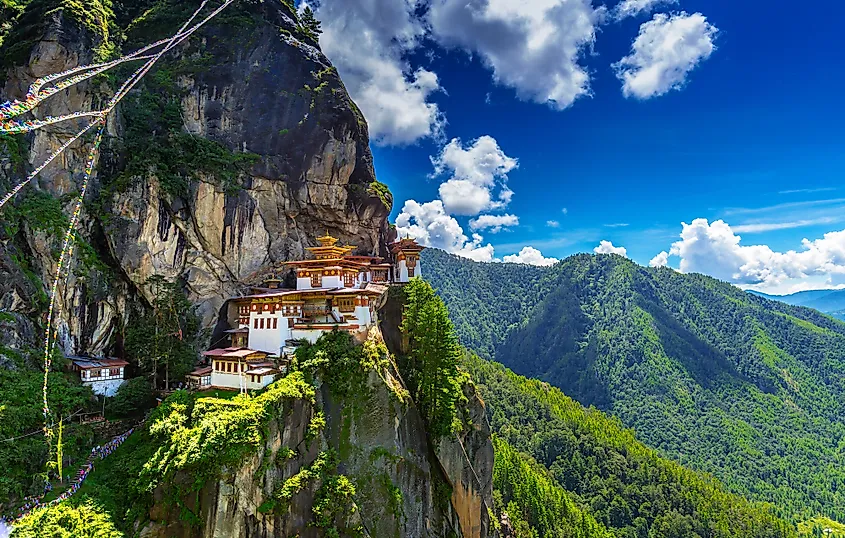
The name “Bhutan” could be derived from either the Sanskrit word “Bhu Uttan”, which means “high land” or “Bhots-ant”, which means “south of Tibet”. Indeed, Bhutan is located high up in the Himalayan Mountains and is south of Tibet. But the Bhutanese refer to their country as “Druk Yul”, meaning “Land of the Thunder Dragon”. The country, which has a total area of 38,816 sq. km, is sandwiched in between China to the north and India to the south.
Bhutan came into being in the early 17th century. In the mid-20th century, the country began a program of modernization, backed by India. The king of Bhutan also established the country’s first legislature in 1953. In 1971, Bhutan was admitted to the United Nations. In 1998, the king of Bhutan gave up some of his powers to the country’s legislature, and even allowed himself to be impeached if a two thirds majority in the legislature voted for it. To further modernization efforts, the Bhutanese monarch legalized television and the internet, making Bhutan one of the last countries to introduce television.
Bhutan is now a constitutional monarchy and parliamentary democracy. Its population is just shy of 783,000. The Bhutanese people are ethnically, culturally, and religiously very similar to the Tibetans. Most practice Buddhism as their religion and speak Dzhongka, which is one of 53 dialects in the Tibetan language family.
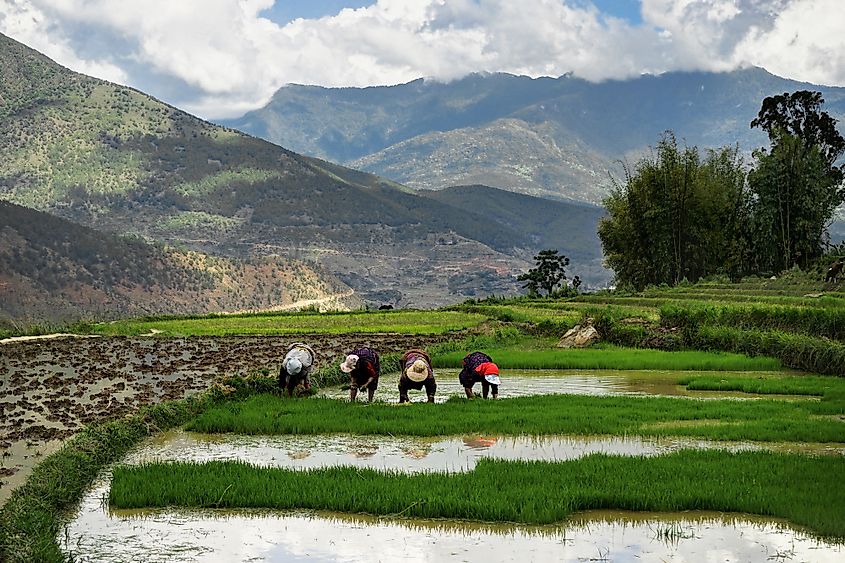
Bhutan is largely an undeveloped country. Agriculture continues to employ more than half of the Bhutanese workforce. The private sector is dominated by small scale enterprises. Bhutan also has a very limited industrial base. In terms of trade, the country is heavily reliant on its neighbor and long-time ally India. In fact, trade with India accounts for 80% of Bhutan’s total trade numbers, and the percentage of the country’s imports from India is even higher. Bhutan is now considered a lower middle-income country. Poverty has been reduced significantly over a ten year period between 2007 and 2017.
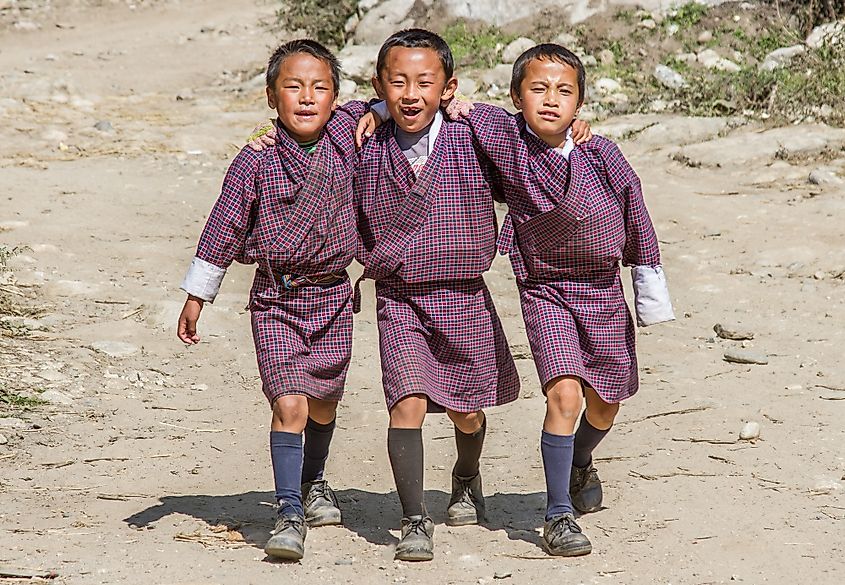
Bhutan has also seen steady growth in its GDP (Gross Domestic Product) since the 1980s. But the Bhutanese do not measure their success by how much their economy grows or how much development takes place in the country. Unlike most of the world, they measure success in terms of how happy their citizens are.
Gross National Happiness
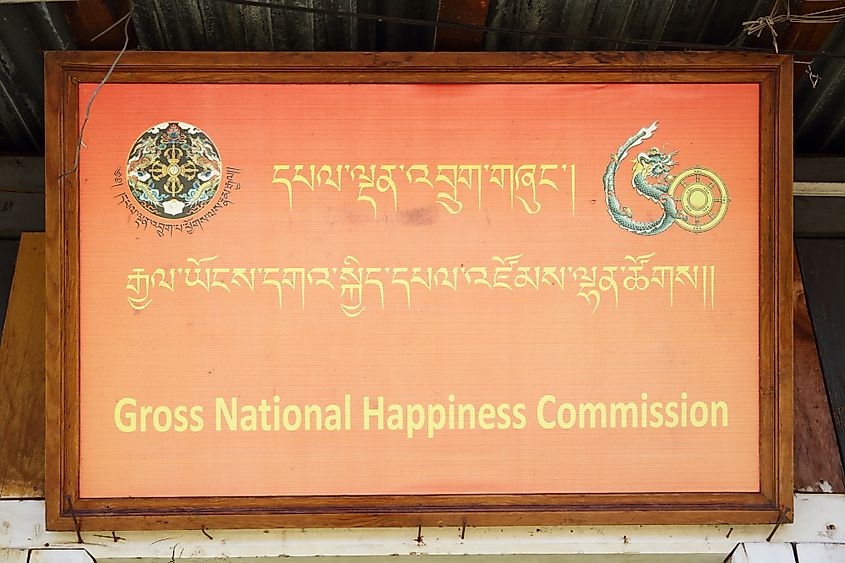
Instead of using conventional economic indicators like GDP to measure its success, Bhutan has a unique measure of its own that they call Gross National Happiness (GNH). This concept was the brainchild of Bhutanese King Jigme Singye Wangchuck. In 1972, the king declared that “Gross National Happiness is more important than Gross Domestic Product.” By this principle, Bhutan’s government strives to improve the well-being of its citizens not just from an economic perspective, but also from an environmental and socio-cultural viewpoint. The GNH does include conventional measures of development such as living standards, health, and education, but it also includes less conventional measures, such as psychological wellbeing, time use, cultural diversity and resilience, good governance, community vitality, and ecological diversity and resilience.
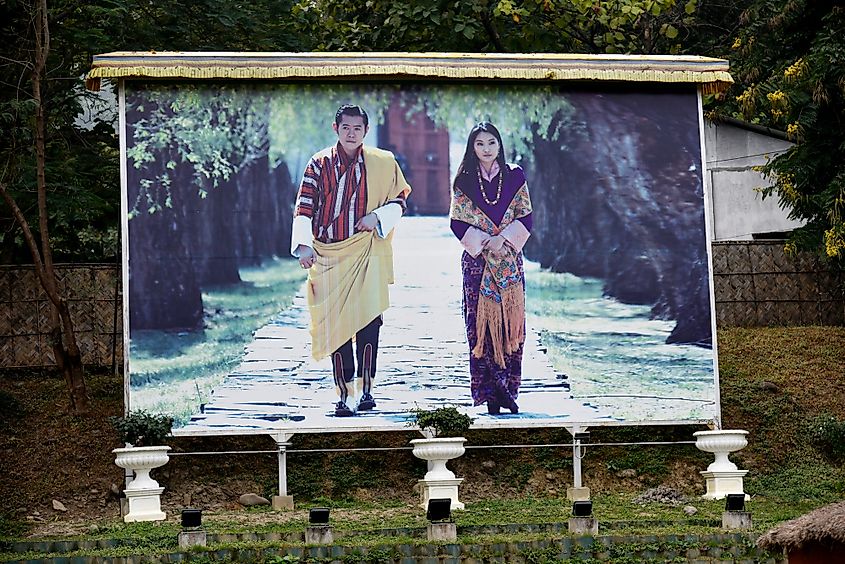
From the perspective of the Bhutanese, economic growth is important, but it should not come at the expense of harming the country’s environment or its culture. Thus, although Bhutan may not do as well as many countries in terms of GDP growth or other conventional economic indicators, it does do well in terms of making its citizens happy, which is probably why a survey done in 2015 found that 91% of the Bhutanese are narrowly, extensively, or deeply happy. The concept of GNH has even caught on internationally. In 2011, for example, the United Nations unanimously passed a resolution, put forward by Bhutan, which called for sustainable development that promotes happiness and well-being. One year later, the UN held a high-level meeting under the headline, “Happiness and Wellbeing: Defining a New Economic Paradigm,” with the objective of creating a new economic vision based on the Bhutanese model.
Protecting Bhutan’s Environment
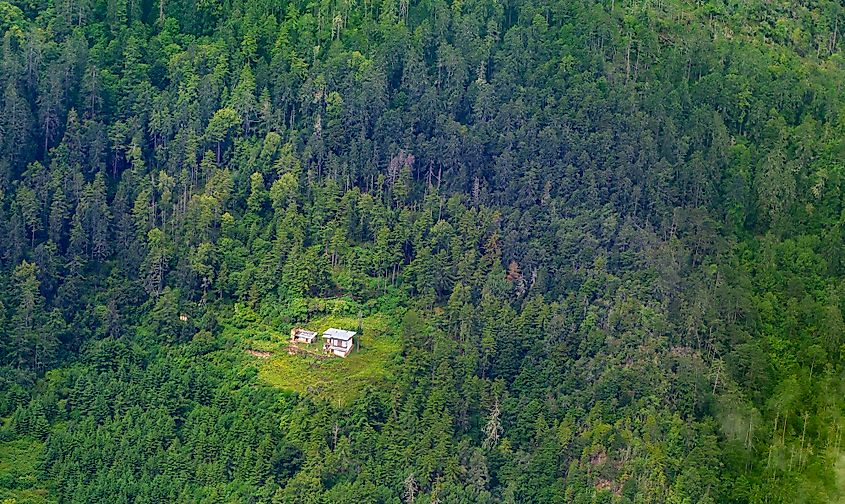
Bhutan has enacted several measures to protect its pristine environment. For example, Bhutan’s constitution mandates that at least 60% of the country must remain forested. At present, 72% of Bhutan is covered by forests. The Bhutanese people have responded favorably to this policy, in part by planting new trees themselves at a rapid pace. In fact, the reason that Bhutan has managed to become carbon negative is because although the country emits 1.1 million tons of CO2 each year, the forests can take in much more CO2 than all of Bhutan produces.
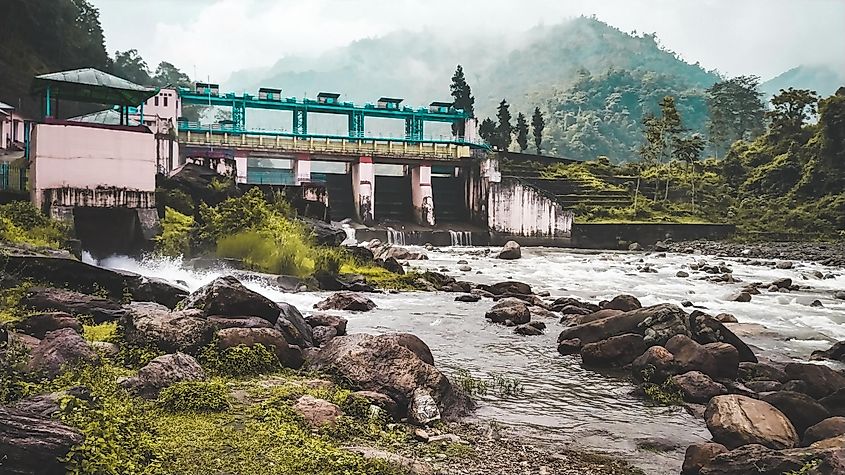
Maintaining Bhutan’s forests, however, is not the only measure that the country has taken to protect its environment. Other measures include the use of hydroelectric power. Bhutan is able to produce a significant amount of hydroelectricity due to the presence of fast-flowing rivers in the country. The Bhutanese government has acted to increase the country’s hydroelectric capacity thereby reducing the need to burn fossil fuels. Some of Bhutan’s hydroelectricity is exported to neighboring India, which has also helped propel the country into carbon negative status. In fact, in 2017, it was estimated that by 2020, Bhutan would be able to export enough electricity to offset 17 million tonnes of CO2 annually.
Bhutan has also invested in other clean and more energy efficient technologies. For instance, the Bhutanese government subsidizes the rates for LED lights and electrical public transportation. It has also promoted the sale of electric cars by lowering rates on the purchase of such vehicles. The government recently teamed up with Nissan to distribute electric cars to its citizens. Another incentive to reduce environmental degradation has been the Bhutanese government’s policy of providing the country’s rural residents with free electricity so that they do not need to burn wood in order to cook.
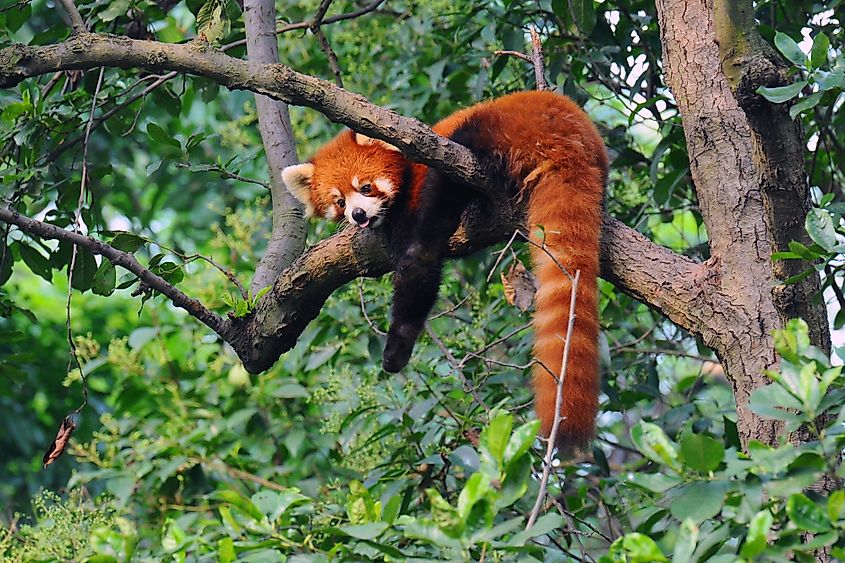
Additionally, more than half the country has been designated as national parks, nature reserves and wildlife sanctuaries, all of which are connected by a network of biological corridors. The government also assists people who live close to environmentally sensitive areas in how to live in harmony with the environment, thus preventing environmentally harmful acts like poaching, mining, and hunting.











